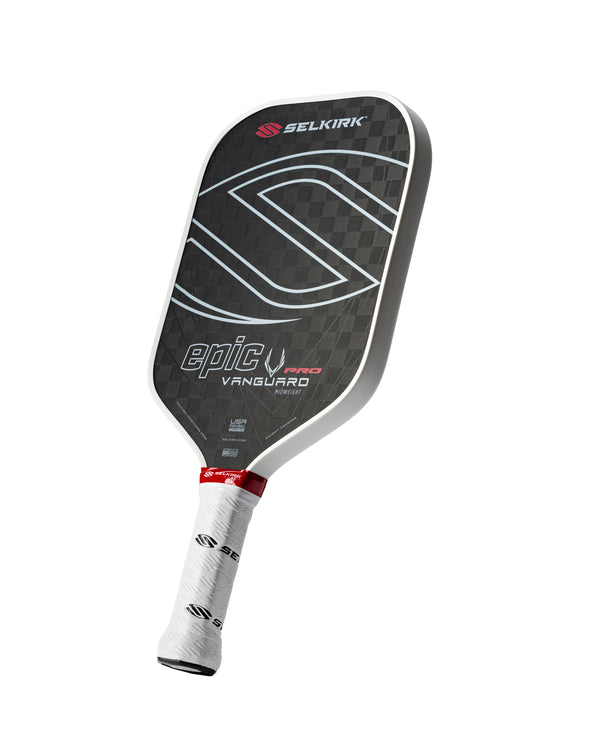
In tennis, players often rely on a large backswing to generate power for groundstrokes and volleys.
However, in pickleball, the game moves much faster, and an exaggerated backswing can be detrimental. This is because it doesn't allow enough time to reset your paddle before the next shot.
In this Selkirk TV original, former tennis player and current pickleball clinician, Jarrett Chirico shares how to break your big backswing habit.
Proper paddle technique in pickleball
Instead of swinging your paddle behind your body with each shot as you would in tennis, focus on setting your paddle and moving your body appropriately. Here's how:
- Forehand and backhand setup: As soon as you identify the type of shot (forehand or backhand), set your paddle on the corresponding side of your body. Ensure your wrist is locked and the paddle tip is slightly in front of your wrist.
- Body positioning: Rotate your body so the paddle is outstretched on the correct side. Your body should be slightly open to your paddle. This slight movement naturally sets your paddle back without needing a large backswing.
- Stepping forward: When you step forward to hit the ball, your paddle naturally moves behind you further. Drive forward through the ball using your legs and shoulders. Remember, the power of your shot should come from your legs and shoulders, not from a backswing or wrist flick.
Moving through your shot
A successful pickleball shot isn’t about how hard you hit the ball but how well you move through your shot.
After setting your paddle, use your dominant foot to push through the shot, propelling yourself forward on the court. Swing through the ball, pushing from your shoulder in a straight line toward your target.
A traditional tennis stroke with a big backswing might leave you a step or two in front of the baseline. This position makes you vulnerable to your opponent's return.
Conversely, a true pickleball swing with a short backswing and a forward push positions you just shy of the kitchen line, ready for the next volley. This gives you a higher chance of being aggressive on the next ball.
Adding a slice to your game
Incorporating a slice return can give you extra time to move forward on the court. A slice, executed by undercutting the ball with an open-faced paddle, adds backspin.
While slices are less powerful than traditional forehands, they can be advantageous if your opponent excels at hitting third-shot drops. The backspin allows you more time to approach the net.
When to use a slice
- Against skilled opponents: If your opponent handles drives well, switching to a slice can disrupt their rhythm.
- Creating opportunities: A backhand slice keeps the ball low and skids toward your opponent, making it harder for them to keep their next shot low. This gives you an opportunity to position yourself at the kitchen line for an aggressive volley.





















